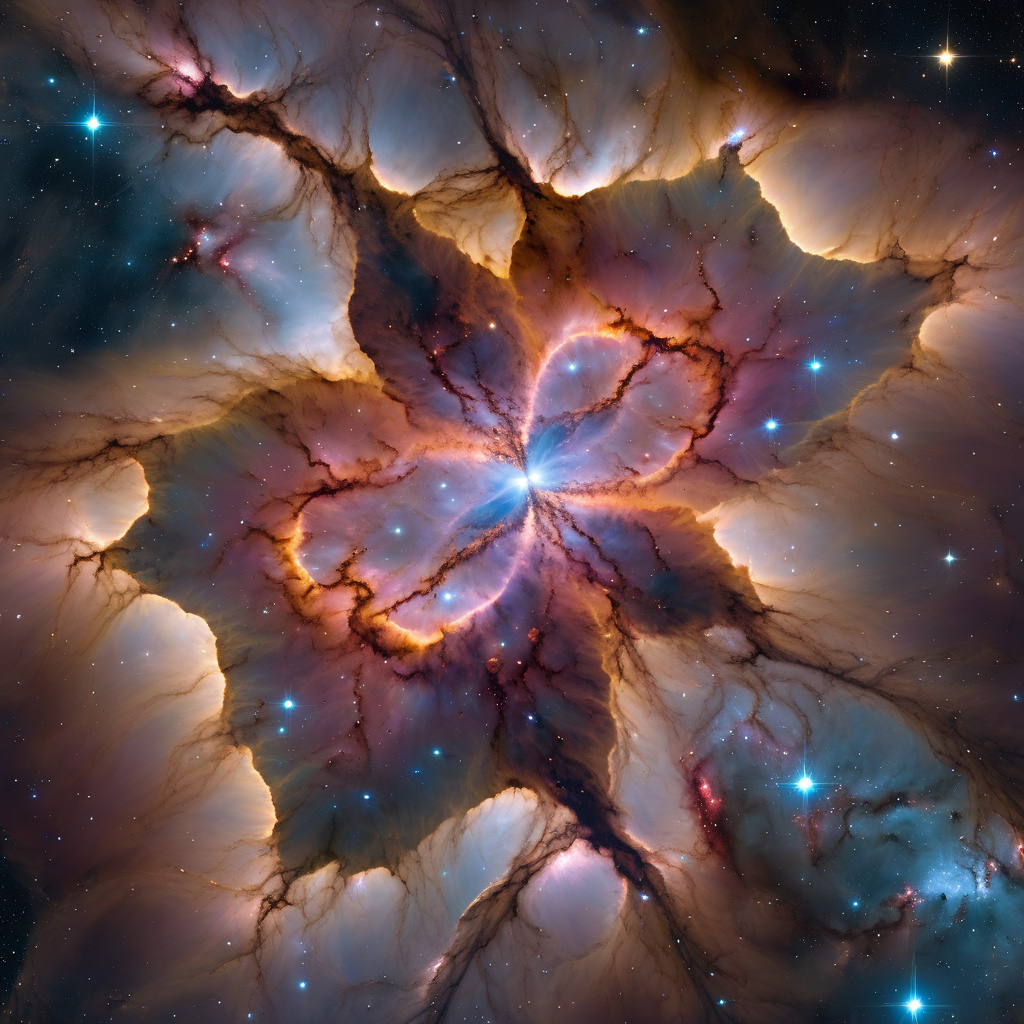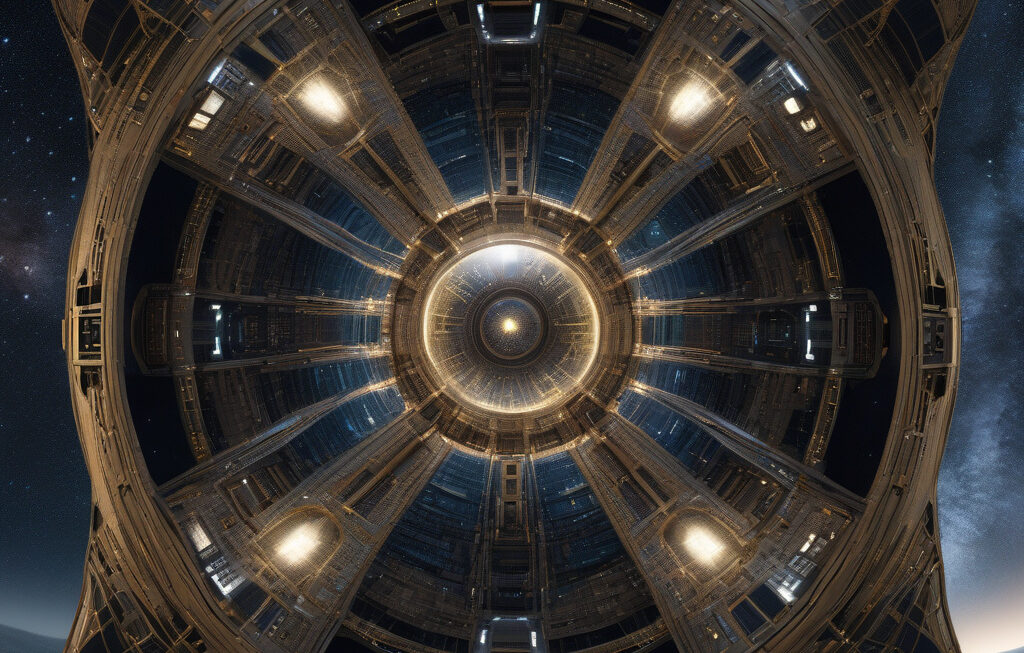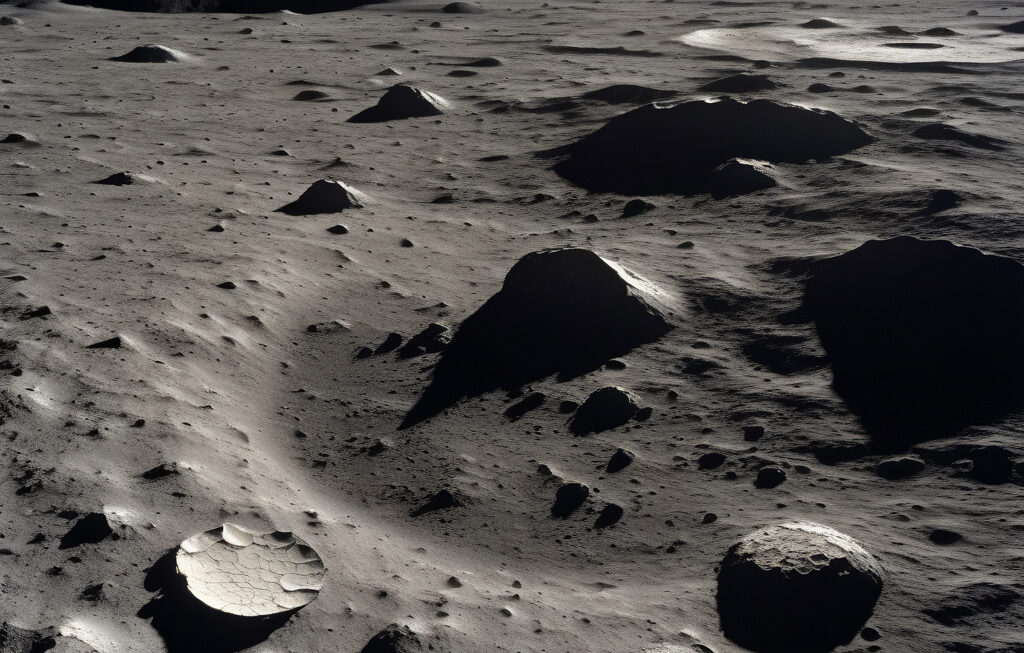James Webb shows how planets are born in the Butterfly Star’s dusty cocoon
When you think about how our own Earth formed billions of years ago, the picture that comes to mind is often one of a chaotic and violent process of collisions and accretion. However, the recent observations made by the James Webb Space Telescope of the Butterfly Star and its surrounding dusty cocoon provide a fascinating new perspective on the birth of planets.
Located in the constellation Scorpius, the Butterfly Star, scientifically known as IRAS 10214+4724, is a young stellar object surrounded by a rotating disk of gas and dust. This disk is the key to understanding how planets are born. By studying the interactions between the disk and the young star at the center, astronomers can unravel the mysteries of planetary formation.
The James Webb Space Telescope, with its advanced infrared capabilities, has peered through the veil of dust that shrouds the Butterfly Star, providing unprecedented insights into the processes at play. The telescope’s high-resolution images reveal intricate structures within the dusty cocoon, showing how material flows from the disk onto the star and forms into potential planetesimals.
One of the most striking discoveries made by the James Webb Space Telescope is the presence of spiral arms within the disk of the Butterfly Star. These spiral arms, akin to those found in galaxies, are thought to result from gravitational instabilities in the disk. They play a crucial role in channeling material towards the central star and may also be responsible for triggering the formation of planets through the process of core accretion.
Core accretion is a model of planet formation where dust and gas in the disk gradually come together to form larger and larger bodies, eventually leading to the birth of planets. The observations made by the James Webb Space Telescope provide compelling evidence in support of this theory, showcasing how the Butterfly Star’s dusty cocoon is a veritable cradle of planetary systems in the making.
Moreover, the insights gained from studying the Butterfly Star have broader implications for our understanding of planetary formation across the universe. By shedding light on the intricate processes that govern the birth of planets, astronomers can piece together the puzzle of how our own solar system, and potentially countless others, came into being.
In conclusion, the James Webb Space Telescope’s observations of the Butterfly Star and its dusty cocoon offer a window into the mesmerizing world of planetary formation. From the swirling disk of gas and dust to the intricate spiral arms that herald the birth of planets, each detail captured by the telescope adds to our understanding of the cosmic ballet that shapes the universe.
#JamesWebbSpaceTelescope, #PlanetaryFormation, #ButterflyStar, #CosmicBallet, #StellarInsights












